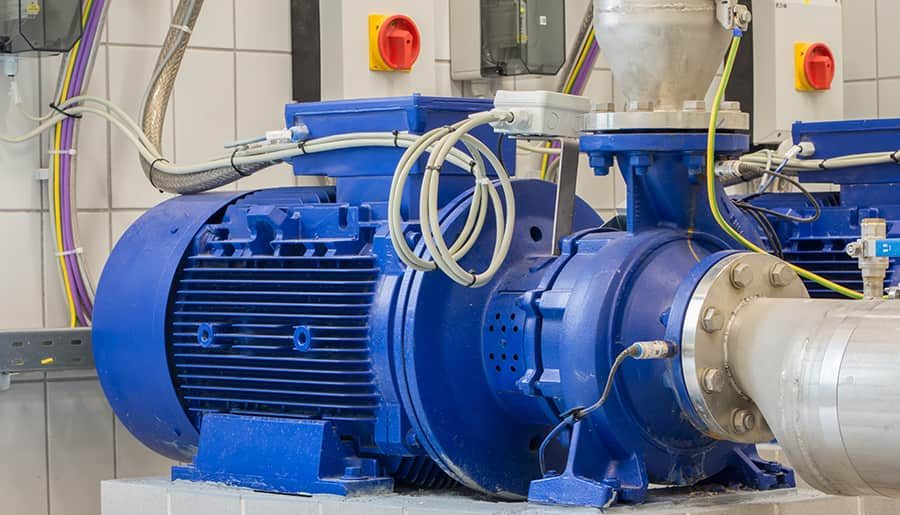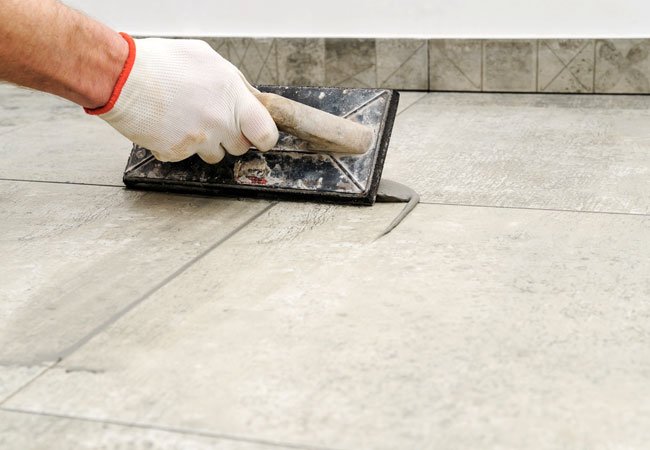As a product manufacturer, you understand that the quality of your end product has to be top-notch, both to avoid consumer dissatisfaction and to ensure that your business reputation isn’t tarnished by low-quality products. That’s why you don’t want to miss these seven main categories of product defects in AQL (Acceptable Quality Level).
Cause Number 1 – Inadequate Control Over Raw Materials and Production Resources
The quality and condition of raw materials and production resources may not be adequately controlled. Quality problems with raw materials may stem from incorrect packaging, handling, storage, or supply. Quality control Service is a vital part of ensuring that no defective products are shipped to consumers. Without proper quality inspection services on hand, customers might receive damaged or substandard goods. This leads to serious damage to your company’s reputation for excellence.
Cause Number 2 – Poor Selection, Training and Supervision of Personnel
This category includes defects caused by personnel who are untrained, who lack experience and whose selection, appointment or training was not appropriate. For example, a watchmaker, who lacks knowledge and experience, is assigned to make a gearwheel for a mechanical clock movement. This person may break several gears during manufacture which will have to be scrapped before they can be re-made. Proper selection of personnel at all levels based on qualifications and past performance is essential for quality control.
Cause Number 3 – Failure to Provide Adequate Checks During the Manufacturing Process
Inspections that take place during manufacturing, from sub-supplier to main supplier and finally to wholesaler, can be designed to ensure a product passes each stage and is free from defects. Pre-shipment inspections are a vital part of quality assurance as they ensure goods are compliant with agreed terms and conditions. Where both buyer and seller have committed to an inspection process, there should be no question marks over who is liable for any defects that may exist within a product.
Cause Number 4 – Insufficient Control Over Complaint Recalls
Insufficient control over complaint recalls usually occurs when a company does not respond properly to customer complaints or feedback. When poor product quality affects one or more customers, it is important for a company to conduct a thorough investigation into all factors that may have contributed to such quality problems. As part of its due diligence, a company should also perform regular internal audits and inspections on its entire product supply chain.
Cause Number 5 – Negligence at Packaging Stage
One thing that people overlook is negligence on the packaging part. Even if you have a quality product but if it is not packaged properly, there are high chances for damage to occur during transit. This will affect your product and its quality standards. Another reason can be lack of quality material used for packaging, hence again affecting your product. Another thing which can cause damage to occur is usage of packaging material without proper research.
Cause Number 6 – Lack of Control over Workstations, Tools and Equipment
Uncontrolled variables can include workers and workplace elements. This is easily avoidable by using available quality inspection services for your production line. If you are manufacturing a product, it’s best to use pre-shipment inspection services and quality inspection services to make sure there aren’t any workstation and tooling errors affecting product defects . Workplace accidents are costly, so it’s important to address issues before they start through quality management or quality engineering processes.
Cause Number 7 – Failure to Perform Design Review
Design review is one of two types, pre design review and post design review. The design file is sent to customers, who have confirmed receipt then send their feedback on any changes they feel are needed before moving forward with production. It’s vital that all of these concerns are resolved before final designs are moved to manufacturing as it’s too late to make changes once actual prototypes are produced.
Conclusion
While identifying product defects is important, so is determining whether your quality inspection services are helping or hurting. If you find any issues with your products, speak to one of our experts today about utilizing Pre shipment inspection for a more efficient and sustainable future.



